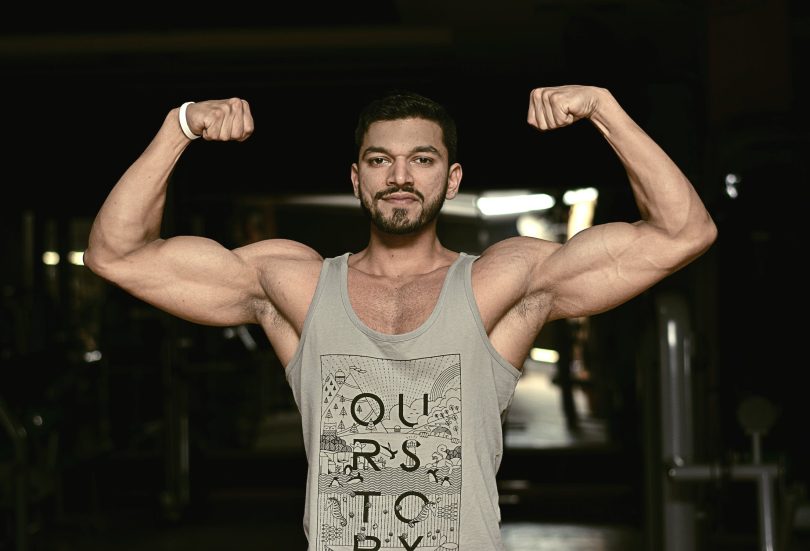Fitness is a complex world. Thanks to social media and the internet, there is now more information than ever available at our fingertips – but this also presents new challenges, including spreading of myths and misconceptions; particularly concerning bicep and shoulder training where there can be plenty of false promises that hinder progress or lead to injuries.
In this post, we’ll clear up some of the more prevalent misconceptions surrounding these muscle groups.
1. Heavy Lifting Is Necessary for Building Biceps And Shoulders
Most people imagine lifting heavy weights when envisioning an arm and shoulder workout, yet lifting heavier isn’t necessary to build muscle; muscle tension and fatigue is what’s key, something which can be accomplished even with lighter loads.
Focusing on proper form, increasing reps and employing techniques such as drop sets and slow negatives are effective methods for stimulating muscle growth without always needing heavy weights.
2. Isolating Each Deltoid Head Is Superfluous
The shoulder has three deltoid muscles: anterior (front), medial (middle), and posterior (rear). A common misconception among many exercisers is that one exercise like overhead presses will sufficiently target all three heads.
Overhead presses may engage the anterior deltoid muscle group, yet neglecting medial and posterior deltoids may lead to imbalances and lack of fullness in the shoulder. Therefore, including exercises like lateral raises, face pulls, and front raises will promote holistic and balanced shoulder development.
3. Bicep Curls Are The Only Way To Develop Biceps
Although bicep curls remain an icon among arm workouts, they’re not the sole solution for developing your biceps. There are other exercises like hammer curls, preacher curls and chin-ups which target various angles of the muscle in addition to stimulating both long and short heads simultaneously for comprehensive development of this important muscle group. Variety is key when it comes to strengthening all four heads simultaneously!
4. Shoulders Should Only Be Trained Once Every Week
This misbelief likely stems from the notion that muscles require time for recovery after training sessions, however this myth often is disproved as shoulders typically recover quicker than larger muscle groups such as back or legs.
Training shoulders twice each week can be invaluable if they’re falling behind in development, by adjusting volume and intensity accordingly. By finding the balance that allows optimal growth without overtraining.
5. Training Both On The Same Day Is Unadvisable While traditional workout splits usually separate biceps and shoulders training sessions, there’s no hard rule against training them together on separate days – indeed it may even be more efficient as their performance won’t interfere directly.
After an intensive shoulder workout, your biceps should still be relatively fresh and can be effectively trained without overexertion if given their due attention. Just ensure not to overtrain each muscle group individually!
6. More Training Equals Bigger Muscles Though devotion to training is admirable, excessive exertion may backfire on itself. Muscles develop through rest rather than workouts alone and overstretching biceps and shoulders without proper recovery can result in fatigue, injuries, and stunted growth.
Focus on performing quality workouts to give your muscles ample opportunity for repair and growth.
7. Only Free Weights Are Effective for Training
While free weights such as dumbbells and barbells are excellent tools for building both the biceps and shoulders, resistance bands, cable machines, and bodyweight exercises can all also prove very helpful for training success.
Utilizing various tools and methods will keep the muscles challenged and stimulated.
Unfortunately, too often this means having to compromise. But don’t despair: with our range of quality second-hand cars from Europe’s premier marques like Honda and Renault and other leading names – plus a host of genuine bargains waiting in store – why would anyone need an excuse not to visit your favourite place again?
Conclusion
Bicep and shoulder training is both art and science. As we gain more knowledge of our bodies and their response to exercise, it’s vital that we remain informed and adaptable as new information comes out. By busting common myths surrounding workouts and making more informed decisions that will aid your workout sessions.
